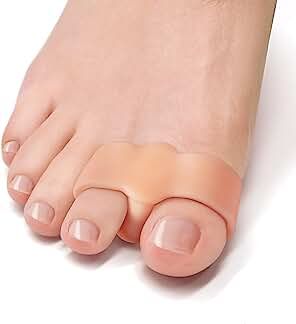Bunions: What Causes Them, Treatment & Prevention
A bunion is a bony bump that forms on the joint at the base of your big toe. It occurs when some of the bones in the front part of your foot move out of place. Let’s explore the key aspects of bunions, including their causes, treatment options, and prevention strategies.

Understanding Bunions
- Symptoms:
Signs of a bunion include:
- A bulging bump on the outside of the base of your big toe.
- Swelling, redness, or soreness around your big toe joint.
- Corns or calluses where the first and second toes rub against each other.
-
Ongoing pain or limited movement of your big toe.
-
Causes:
-
Inherited Foot Type: Genetics play a role; some people are more prone to bunions.
- Foot Stress or Injuries: Repetitive stress or trauma can contribute.
-
Deformities Present at Birth: Certain foot structures increase the risk.
-
Risk Factors:
-
High Heels: Wearing high heels can crowd your toes.
- Ill-Fitting Shoes: Tight, narrow, or pointed shoes may worsen bunions.
-
Rheumatoid Arthritis: Inflammatory conditions can lead to bunions.
-
Complications:
-
Bunions might cause pain, decreased movement, or difficulty finding well-fitting shoes.
-
Prevention:
-
Choose shoes with a wide toe box.
- Ensure proper shoe fit to avoid pressure on the big toe joint.
- Rest your feet, use ice packs, and consider anti-inflammatory medications.
- Supportive devices like bunion pads can help prevent worsening.
Remember, taking care of your feet is essential for overall well-being.





